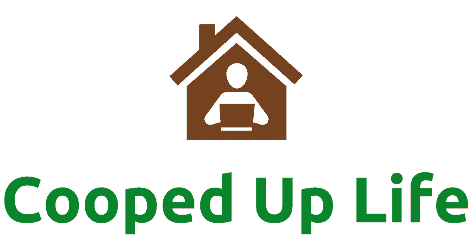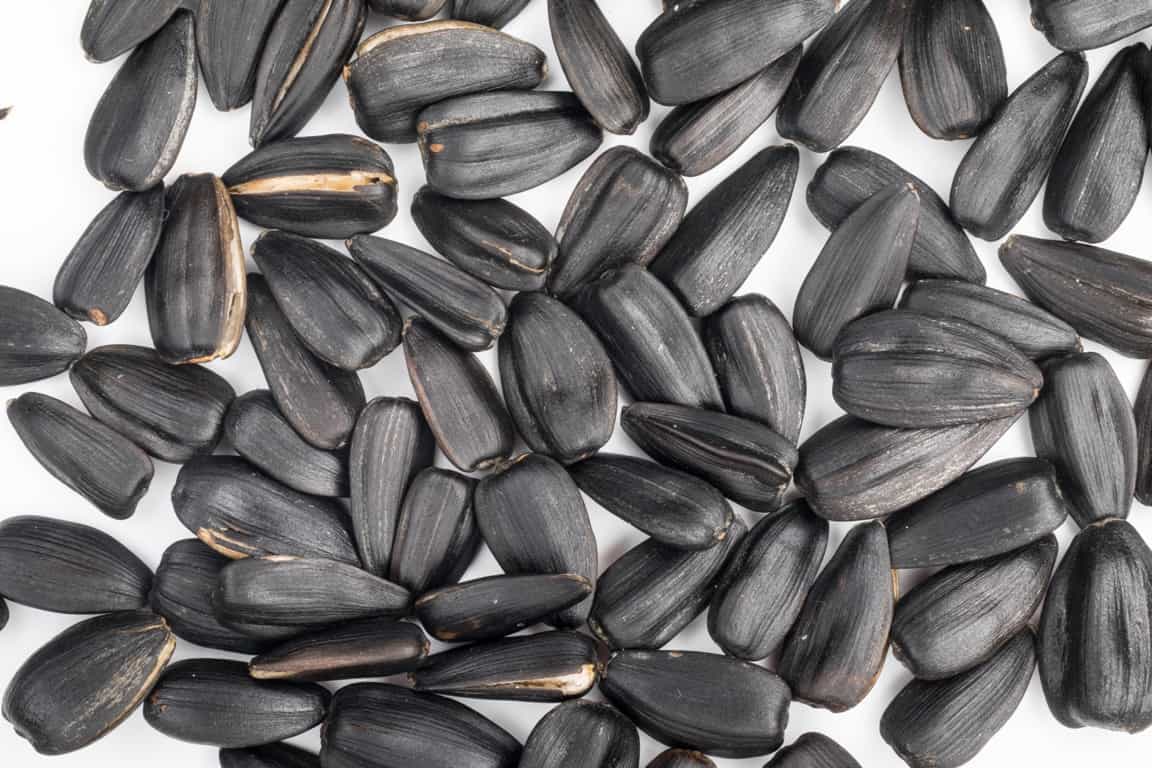
When your chickens start molting during the fall season it is important to increase their protein uptake. As they lose feathers and start the regrowth of new ones additional protein is required.
Chicken feathers are made up of 97% keratin protein and their excess feathers are often used to enrich animal feed.
I decided to research the subject and combined with my own experience raising backyard chickens this is what I found.
I will go over what you can add to a molting chickens diet to give them that extra protein punch.
13 High Protein Foods and Snacks For Molting Chickens
Normal chicken layer feed contains 16-18% protein content. This Is perfect when your hens are busy laying eggs but they need an extra kick when the molting process begins once they reach 18 months of age.
You want to provide them with a feed that contains at least 20% protein over a period of 8 weeks. This is the amount of time it generally takes for the molting process to complete.
Your hen will not lay eggs until she has finished molting.
Broiler Feed
This high protein chicken feed contains 20-22 % protein and is an excellent feed source as your chickens feather regrowth occurs during molting season
Starter Chick Feed
This is a high protein chicken feed formulated for baby chicks. It contains 20% or more protein depending on the brand. You can mix this in with the layer feed to increase the hen’s protein intake as she molts.
Cooked eggs
Scrambled eggs are a great source of protein and my chickens love eating them. There is a reason bodybuilders eat a lot of eggs to repair their bodies and build muscle. One large egg contains 6 grams of protein.

Bugs and grubs
Let your chickens free-range a bit when their molting if they are not already doing so. This will give them a new area to peck and scratch for tasty grubs and bugs in your yard.
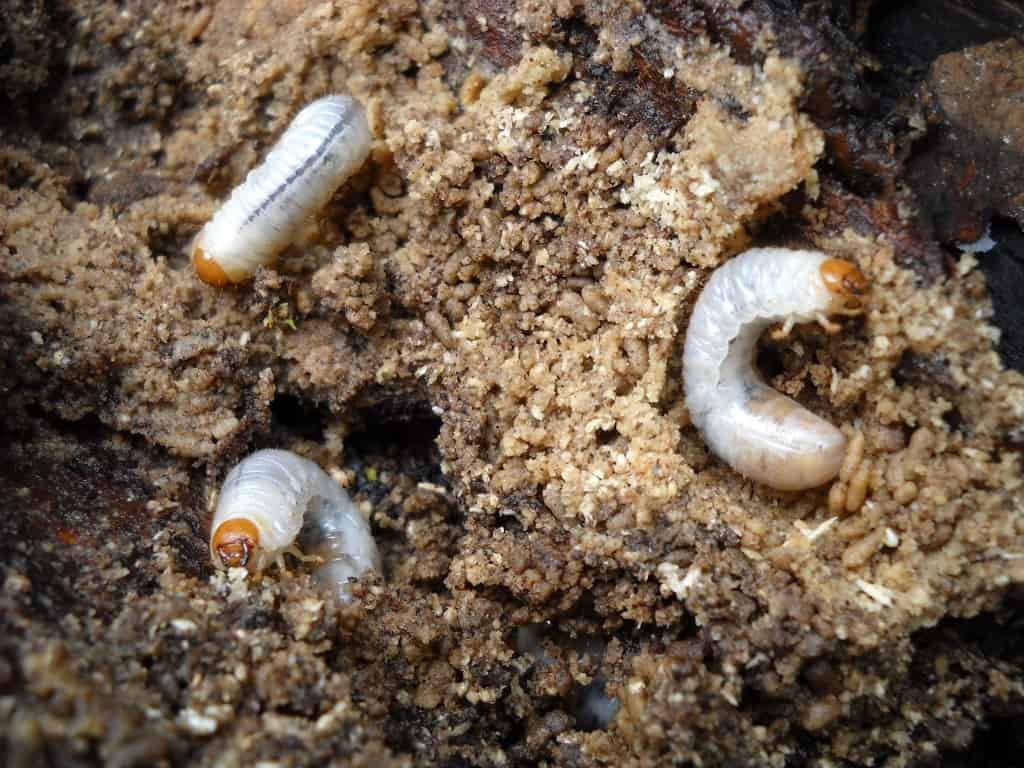
Mealworms
A high protein tasty snack my hens love. Dried mealworms contain 50% protein and are a good source to add to a chicken’s diet as they molt.
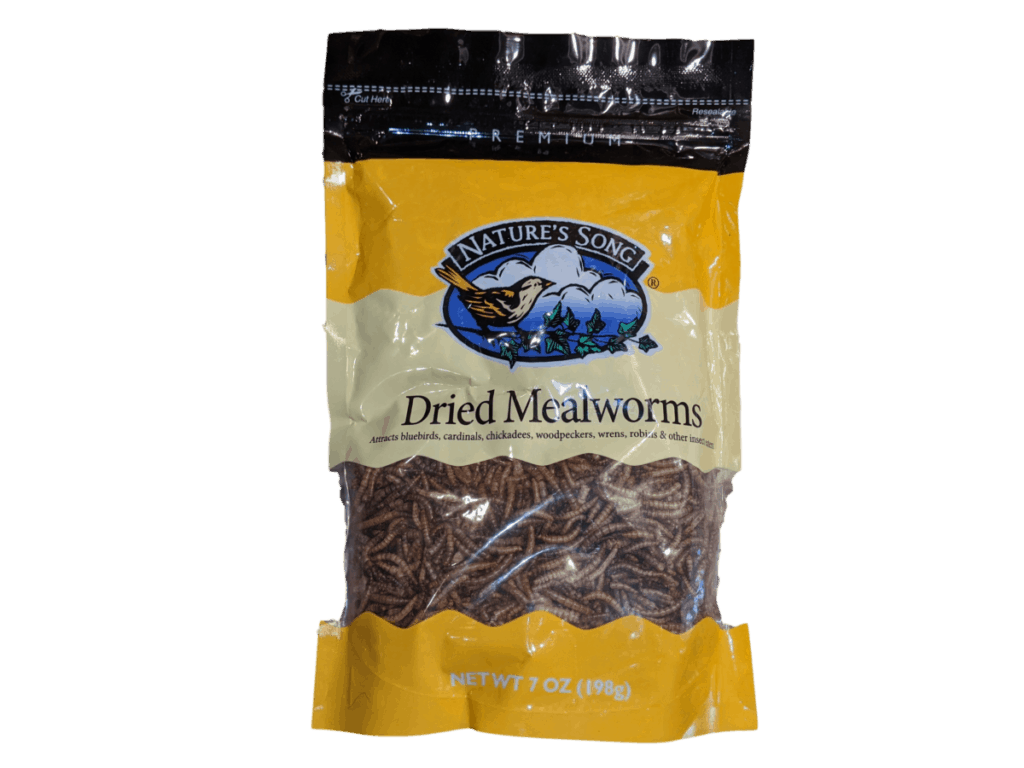
Black Oil Sunflower Seeds
These sunflower seeds contain 17% protein content. They will help make chicken feathers more glossy and shiny. They will also aid in egg production once your hen is done molting.

Pumpkin seeds
Pumpkins have a 30% protein content. Whenever I occasionally grow pumpkins in my backyard for Halloween I always make sure to set some seeds aside after the harvest. My chickens love these!

Sprouting beans and legumes
My daughter loves to pick peas directly off the plant and feed them to our chickens. Though it can be hit or miss on whether they will eat them. Sprouted lentils and mung beans are great choices to feed your chickens as well.
Japanese millet
This grass is often grown to attract ducks and other waterfowl to one’s property. I have not fed this to my chickens personally.
However, many people on the various chicken groups and forums say their chickens love to munch on the grass. Japanese millet contains up to 16% protein.
Parsley
One cup of parsley contains 20% protein. Your chickens may not like eating the parsley by itself but you can sprinkle it in their food. Once you do this they will eat it right up.

Tuna Fish
A can of tuna fish contains 27 grams of protein. It is a treat that my hens go crazy for.
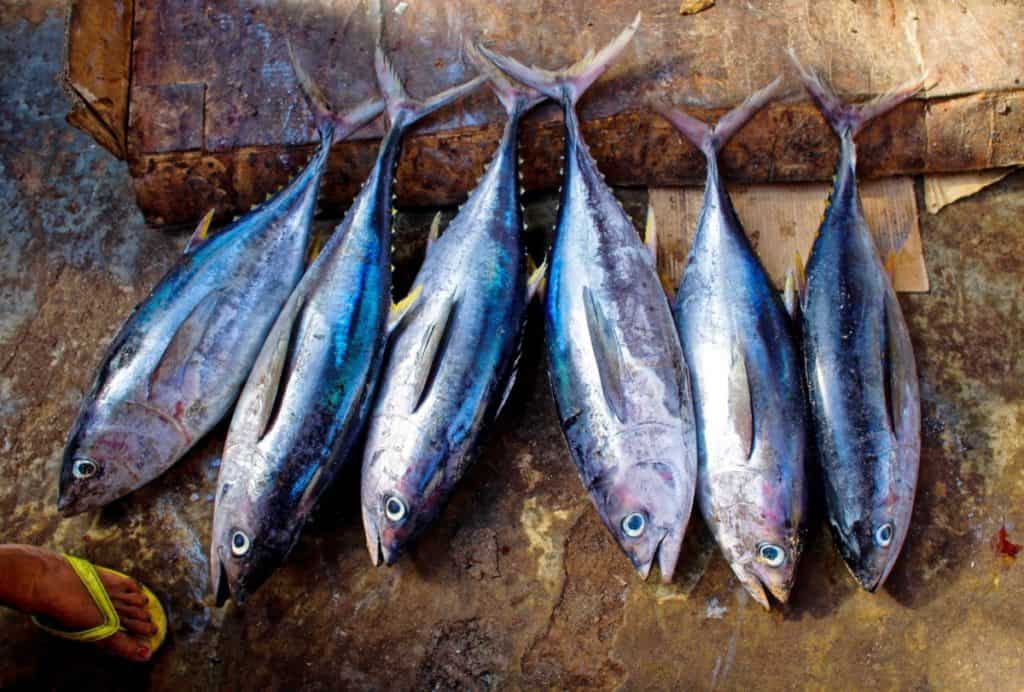
Oats
Oats are another source of food with decent protein content in the 11-14% range that can be feed to your chickens.
The oats can be raw or cooked. It does not matter if they are rolled or whole.

Can chickens eat excess protein?
Not all chickens should be fed excess protein. Molting hens or chickens can eat excess protein with a protein content being in the 20% range.
Because your chickens are not laying during their molt they should be fed a lower amount of calcium while receiving excess protein.
What happens if chickens get too much protein?
When a chicken eats excess protein they may start drinking more water. This will lead to the chicken coops bedding being damp.
The excess wetness will lead to increased concentrations of ammonia. If the ammonia concentration gets too high this could lead to respiratory symptoms like infectious Bronchitis and Airsacculitis in your birds.
This is why you don’t feed your chickens feed with a high protein content all year round.
What are some high protein grains for chickens?
Proteins you can feed chickens include wheat which has 13% protein content. Wheat has more protein than corn on a per gram basis. Chickens can also be fed oats that contain 11-14% protein.
You can also mix barley into your chicken’s feed which contains around 11.5 % protein content and healthy amounts of fiber.
Conclusion
You should always feed your chickens a feed that contains the right amount of protein this will depend on their current life cycle and time of year.
Other protein foods should be considered a treat and not the main source of protein that you feed your molting chickens.
